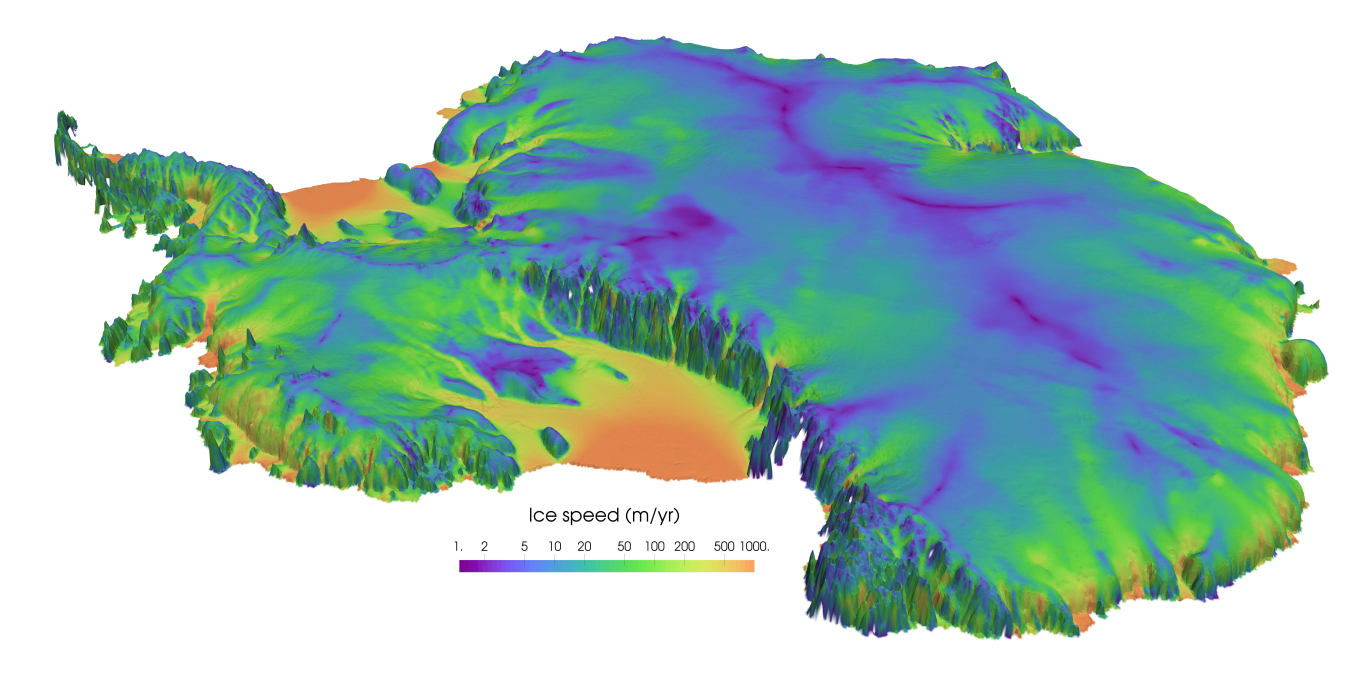Humans can’t foresee the future, but with climate modeling, meteorologists can come pretty close.
July 17, 2023
Humans can’t foresee the future, but with climate modeling, meteorologists can come pretty close. Right now, the power of climate modeling is needed more than ever. According to the National Oceanic and Atmospheric Administration, extreme weather events – like heat waves and severe storms – are happening more frequently. Here’s how climate modeling can help:
What is climate modeling?
Climate modeling is like an extension of weather forecasting. While weather models make predictions over specific locales and short timespans, climate modeling looks into the future with a bird’s eye view. Analyzing longer timespans, they predict how conditions will change in a region over the coming years and decades.
With the help of supercomputers – the processing power equivalent of hundreds or even thousands of laptops – meteorologists and other experts look at complex earth systems, and they analyze and predict things like ocean circulation and melting glaciers.
Did you know?
The fastest computer in the world is the Frontier Supercomputer, located at our very own Oak Ridge National Laboratory. Its storage system holds 33 times the amount of data housed in the Library of Congress.
What can we learn from it?
1. It helps us understand our impact on the earth.
Climate modeling has advanced to the point of being able to draw links between climate change and specific weather events. It can also simulate a world without humans — and measure the differences between that and our world. Whether it’s a hurricane or a drought or the rising temperature of the earth, climate modeling helps us understand how human behavior has interacts with the earth.
2. It gives us the tools to act with intention.
Climate modeling provides actionable scientific data for world leaders and decision-makers to consider and apply in everything from environmental protections and public health, to national security and food supply. It also allows us to model how different actions taken (or not taken) today could lead our planet to different outcomes in 10, 50, or 100 years.
3. It creates a longer runway to protect against extreme events.
In 2020, an evaluation of global climate models used to predict Earth’s future global average surface temperatures over the past half-century proves that most of the models have been correct. Understanding how the climate crisis could impact different regions and communities and what that might specifically look like – a levee breaking, a hurricane hitting a highly populated coastline, a drought decimating crop growth, wildfires threatening towns and cities, etc. – allows us to act sooner to protect against these extreme events and minimize their danger and damage.
A Deeper Dive
Want to learn more? Our latest episode of Direct Current explores the topic of extreme weather – and how climate modeling is helping scientists predict what may lie ahead.
S4 E2: The Extremes of Weather in a Changing Climate | Department of Energy >>

